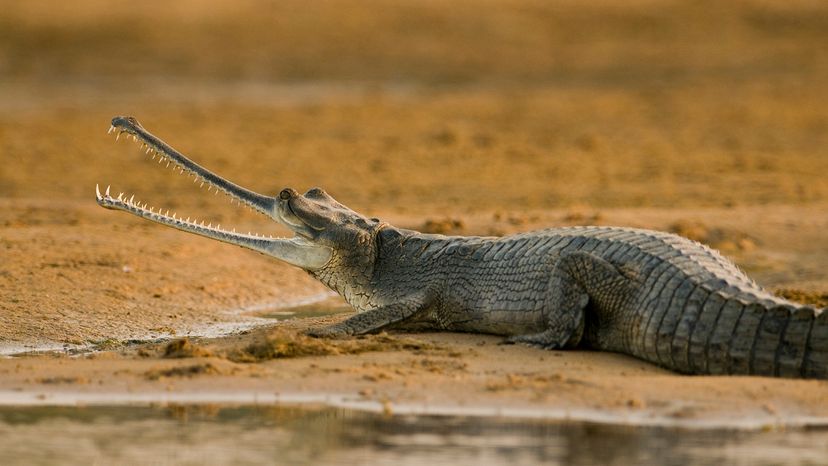
Key Takeaways
- Gharials are critically endangered, with about 650 adults remaining in the wild, mostly in the National Chambal Sanctuary in North India.
- Major threats to gharials include habitat disruption from sand mining, dam construction and getting caught in fishing nets.
- Although rarely hunted, their eggs are taken for food and medicine, and both juvenile and adult gharials are at risk of entanglement in fishing nets.
The gharial is one of the rarest and most unusual-looking crocodilian species on the planet. Learn more about this unique species and discover what conservation groups are doing to protect gharial populations.
Advertisement
